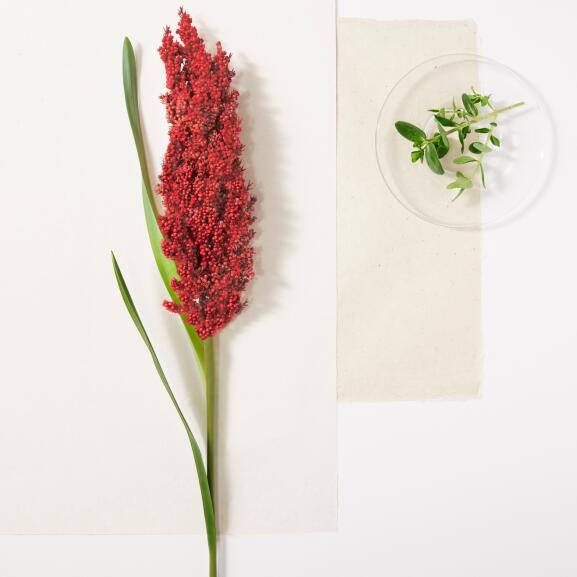Alfalfa leaf extract
Our 100% natural origin alfalfa means we can extract chlorophyll to reveal more ash shades. This is the trick to plant-based hair color.


With this plant supplier, René Furterer also endeavored to continue its environmental commitments to sustainable green innovation by:
• Handling the additional costs incurred by converting to organic farming during the developing project.
• Supporting farming that respects Good Agricultural and Collection Practices (GACP) for its use as the raw material of a cosmetic ingredient. This translates to traceability of all farming practices.